Choice and flexibility: we talk to Midwich about the technology challenges surrounding hybrid working.
It has been a utopia for many years - flexible working without the stigma – now for many, it’s a reality, but its not without its challenges.
Many businesses are embracing this new opportunity, keen to find that crucial balance between productivity and wellbeing; to attract a new generation of talent whilst also meeting the needs of its established workforce.
Our Simon Hayes, meeting room and collaboration specialist, talks to Chris Southern of Midwich about the potential challenges and how these might be overcome.
Chris Southern, General Sales Manager, Enterprise solutions, Midwich Ltd.

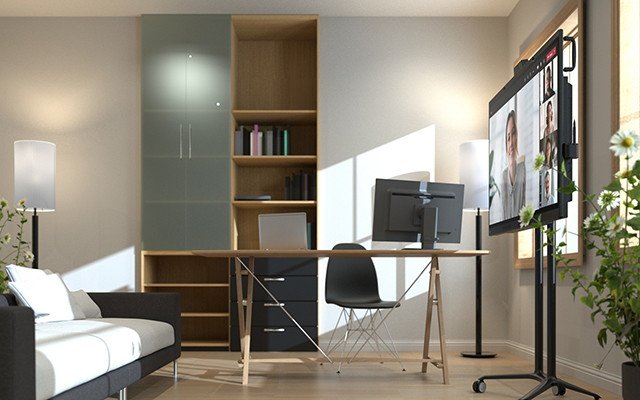
Simon: 2020 saw many businesses perform a miracle as they remote work-enabled their workforce under very challenging circumstances. Now the dust is starting to settle, what is the key focus for businesses now?
Chris: With a vast amount of experience gained, businesses are now looking to invest in technology which will support their hybrid workforces for the foreseeable future. The shape of hybrid work will be different for every individual, this, after all, is what flexible- and agile-working means; the key is to ensure that wherever your workforce are, they feel connected.
2020 was about working from home, but many workers don’t have the space available and there’s potential for conflict. Now, businesses are looking for technology which supports a ‘work from anywhere’ concept.
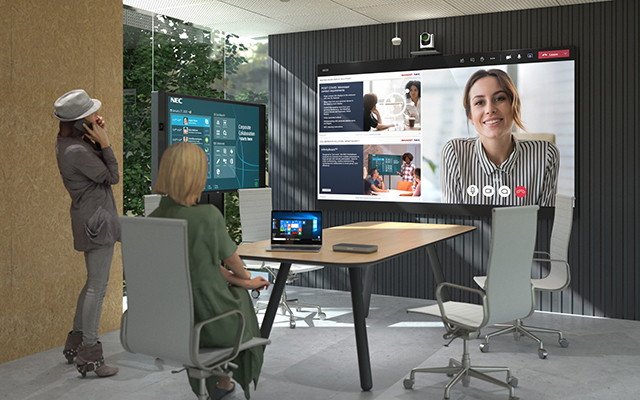
Simon: To advocate working from anywhere, businesses need to find a way to balance remote and in-office work, what’s the best way to achieve this?
Chris: The best way to do that is to make sure that travelling to a dedicated place of work feels worthwhile and results in a productive use of time. In-person meetings will continue to be vitally important for business and providing a space that’s conducive for creative thinking and collaboration is key. One element of this is the technology; there are likely to be remote participants who must feel as part of the meeting as if they were in the room, but it goes beyond that.
The space itself must be welcoming and comfortable. I believe the future is flexible spaces which can adapt to changing needs and can easily accommodate different group sizes with social distancing and environmental conditions remaining an important consideration for comfort and wellbeing. Using sensor technology is a smart way to manage meeting room parameters such as optimising air quality and matching usage to capacity.
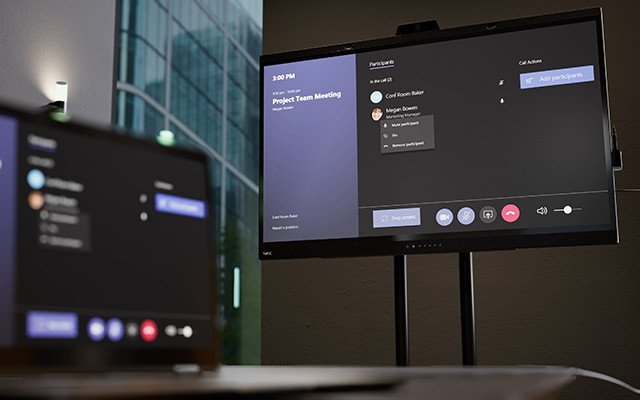
Simon: What do you think is one of the biggest issues which workers face when they use a meeting space?
Chris: Connectivity! There is nothing more frustrating than technology when technology doesn’t work. Meeting room AV equipment should be there to help and facilitate, but so often it has its little quirks. A jumble of cables, a need for an adapter, a lost remote control, no signal . . .
IT departments are notoriously resource-stretched, and they shouldn’t be called upon for what should be such a straightforward task. A simple connection that ‘just works’ is what’s needed, and hard-wired is often the easiest and most common solution used.
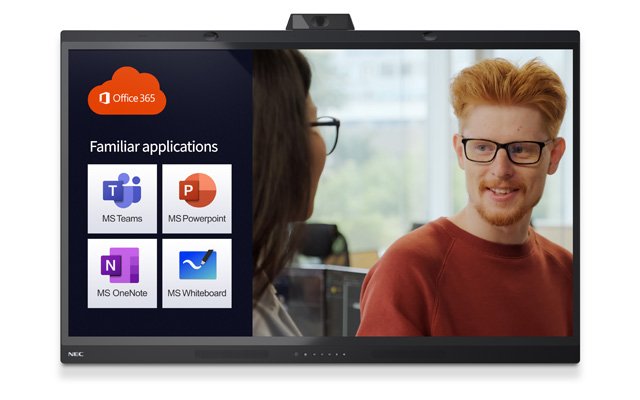
Simon: You mention resource-stretched IT personnel, in what other ways can technology help relieve the pressure?
Chris: If users are able to access already-familiar tools and applications, there will be less need for time consuming training and less need for additional support. This is empowering for the more traditional workforce too, if they can continue to use what they are already comfortable with, they won’t feel intimidated and resistant to change. This is where Bring your own Device (BYOD) or Bring your own Meeting (BYOM) initiatives have been so influential. By plugging in their own laptop or tablet, workers continue to use their familiar interface, just on a much bigger screen which can be shared with other meeting participants.
Standardisation is another way to help ease the load. Replicating the technology across multiple locations helps users to become more familiar with the set up, and it also benefits support teams in a similar way.
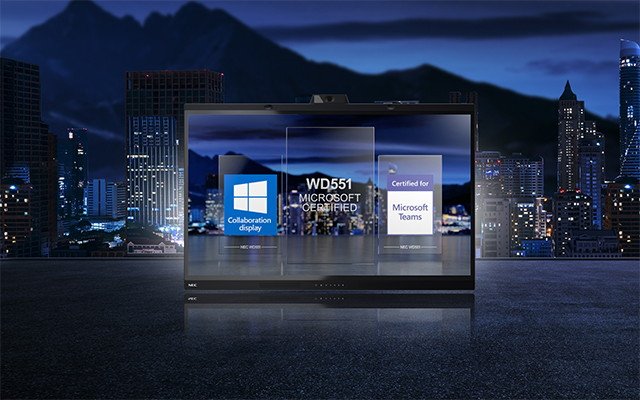
Simon: Making people feel connected is an important point you raised. Is it really possible for a remote worker to feel as engaged and valued as his in-room colleagues?
Chris: Our lockdown UC experiences have helped to normalise video meetings, everyone feels more confident and comfortable with the camera on, and we are more forgiving of the slightly awkward protocol. What is absolutely vital is the quality of the audio and visual experience.
There are many peripherals and tools to choose from but opting for a solution which has been certified by Microsoft or Zoom will give the peace of mind that compatibility between vendors is proven to provide a high-quality user experience. If you can be seen and heard as if you were in the room with your colleagues, this is the next best thing to being there yourself.
Simon: How do you think Sharp/NEC can help businesses with the changing workplace landscape?
Chris: One stand out advantage of Sharp/NEC is the breadth of its offering and how it can customise an entire solution to perfectly match the needs of the application. We’re talking today specifically about hybrid working and the challenges that this might create; the NEC WD551 Windows Collaboration Display is purpose-designed to provide the functionality that businesses and their workforce need. I’m very happy that Midwich is able to offer this solution as part of our enterprise portfolio.
Simon: Thank you Chris. There might be challenges ahead, but there are also some very exciting opportunities! Great to be working with you.
Learn more about hybrid working and what it means for the future:
Human, not machine: as workflow patterns shift, how do we balance productivity with well-being?
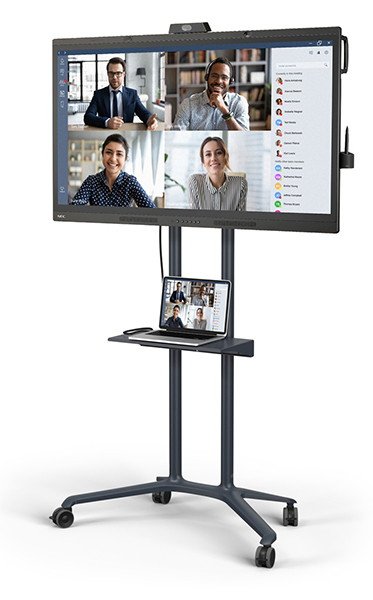
Find more videos about the WD551 in our playlist
